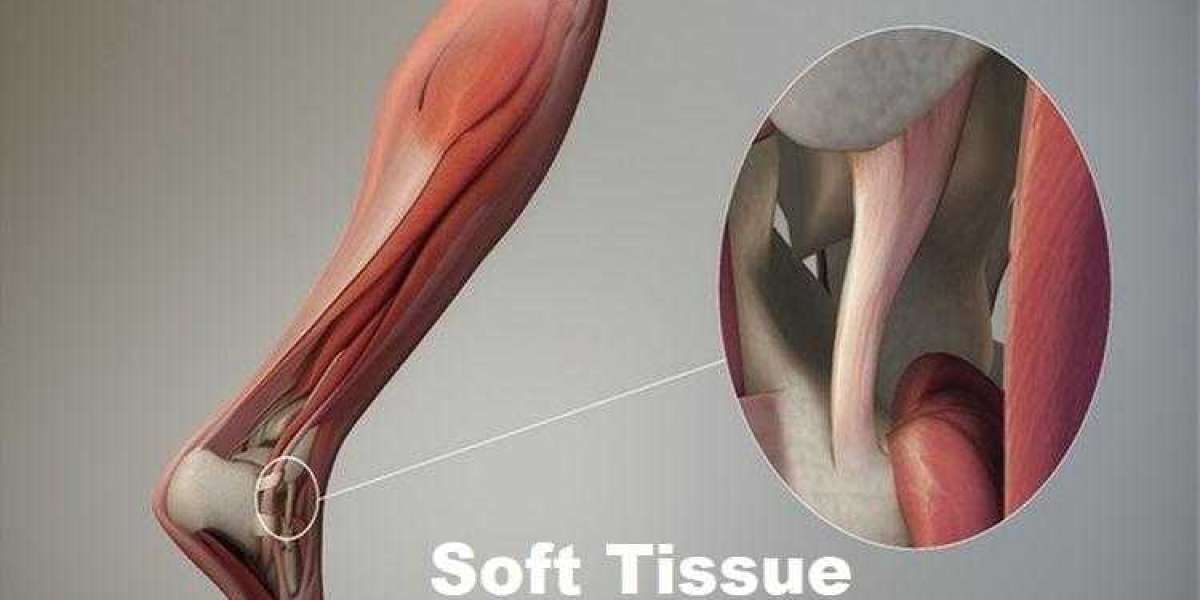Understanding the Textile Fabric Folding Machine
The textile fabric folding machine has undergone significant transformations over the years. Initially, fabric folding was a manual process, requiring skilled labor to achieve uniformity and precision. As the demand for efficiency and consistency grew, the industry began to explore automated solutions. This evolution not only improved productivity but also enhanced the quality of the finished product.

From Manual Techniques to Automation
In the early days, folding fabric was a labor-intensive task. Workers used simple tools and techniques to fold textiles, which often resulted in inconsistencies. However, with advancements in technology, the introduction of automated machines revolutionized this process. Today, a textile fabric folding machine can fold various types of fabrics with remarkable speed and accuracy.
Key Features of Modern Textile Fabric Folding Machines
- High-speed operation
- Adjustable folding sizes
- Integration with other textile machinery
- User-friendly interfaces
- Energy efficiency
The Importance of Automation in the Textile Industry
Why is automation crucial in the textile industry? The answer lies in the need for efficiency and scalability. Automated textile fabric folding machines not only reduce labor costs but also minimize human error. This leads to higher quality products and faster turnaround times. Furthermore, as consumer demands continue to evolve, manufacturers must adapt quickly, making automation an essential component of modern textile production.
Benefits of Using a Textile Fabric Folding Machine
- Increased Efficiency: Automated machines can fold fabrics at a much faster rate than manual labor.
- Consistency: Machines ensure that each fold is uniform, enhancing the overall quality of the product.
- Cost-Effectiveness: Reducing labor costs while increasing output can significantly improve profit margins.
- Versatility: Modern machines can handle various fabric types and sizes, making them suitable for diverse applications.
Future Trends in Textile Fabric Folding Technology
As technology continues to advance, the future of textile fabric folding machines looks promising. Innovations such as artificial intelligence and machine learning are expected to play a significant role in enhancing machine capabilities. These technologies could lead to even greater efficiencies and customization options, allowing manufacturers to meet specific client needs more effectively.
Conclusion
In conclusion, the evolution of the textile fabric folding machine reflects the broader trends in the textile industry. From manual techniques to sophisticated automated solutions, these machines have become indispensable in modern textile production. For more information on the latest fabric folding machines, visit  .
.








